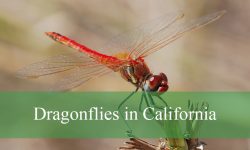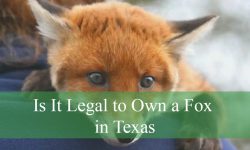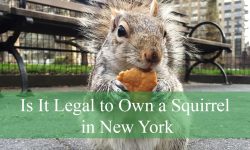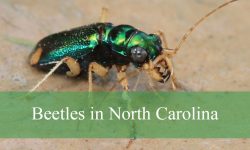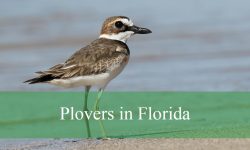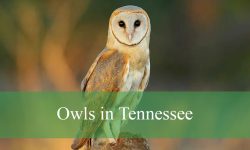Maine’s forests and backyards are home to a fascinating variety of squirrels, from the familiar gray and red tree squirrels to the elusive flying species. These small mammals play an important role in the state’s ecosystems, spreading seeds and fungi while providing a lively presence for nature enthusiasts.
Each species has its own unique characteristics, behaviors, and habitats. The Eastern Gray Squirrel is a common sight in urban areas, while the American Red Squirrel dominates coniferous forests. Northern and Southern Flying Squirrels, though less often seen, glide silently through the trees at night, adding a mysterious charm to Maine’s woodlands.
This guide will help you identify all four squirrel species in Maine, detailing their physical traits, feeding habits, nesting behaviors, and the best times and locations to observe them. Whether you are a casual observer or a wildlife enthusiast, you’ll gain valuable insight into these agile and intriguing creatures.
Different Types of Squirrels Found in Maine
Eastern Gray Squirrel (Sciurus carolinensis)
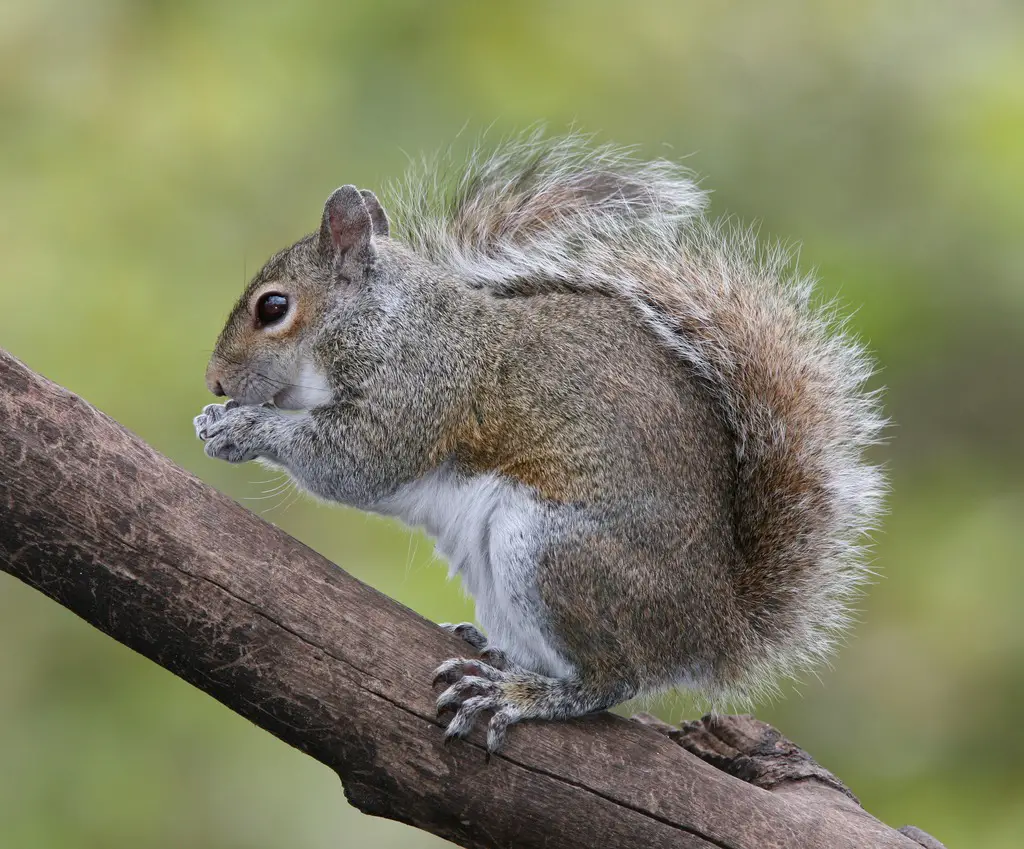
The Eastern Gray Squirrel is the most familiar and widespread squirrel in Maine, often seen in both urban parks and dense forests. They have a gray coat with hints of brown, a white underside, and a long, bushy tail that helps them balance and communicate. Adults typically measure about 16 to 20 inches in total length, including their tail, and weigh around 1 to 1.5 pounds. Their sharp claws and agile movements make them excellent climbers, easily darting up trees when disturbed.
These squirrels are primarily diurnal and highly active during the morning and late afternoon. They are known for their scatter-hoarding behavior, where they bury acorns and other nuts in multiple locations. Interestingly, they don’t always remember where every cache is, which inadvertently helps in forest regeneration by allowing some seeds to grow into trees. Their diet in Maine includes acorns, beechnuts, maple seeds, fungi, fruits, and even bird eggs on occasion.
When it comes to reproduction, Eastern Gray Squirrels breed twice a year, once in late winter and again in midsummer. Females usually give birth to two to six young after a gestation of about six weeks. Nests, called dreys, are constructed of twigs and leaves high in trees, providing warmth and protection. Young squirrels are born hairless and blind, but they quickly develop and begin exploring outside the nest by about two months of age.
A fun fact about this species is their ability to perform “splooting”—lying flat on their stomachs with limbs stretched out during hot summer days to cool down on shaded surfaces. In Maine’s colder months, they become less active but do not hibernate, relying on stored food to survive the winter. Their adaptability has allowed them to thrive in both rural woodlands and human-dominated landscapes.
American Red Squirrel (Tamiasciurus hudsonicus)
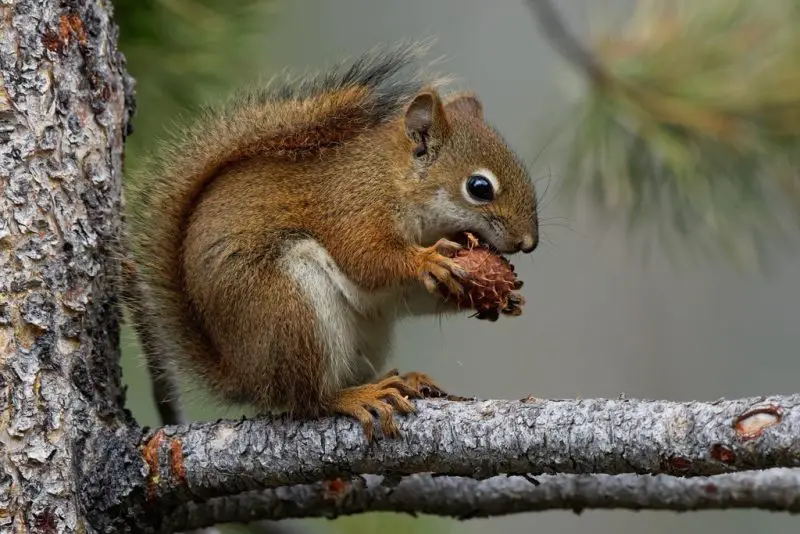
The American Red Squirrel is smaller than its gray counterpart but far more vocal and territorial. Recognizable by its reddish-brown fur, white belly, and distinctively loud chatter, this species is commonly found in Maine’s coniferous forests. Adults typically measure about 11 to 14 inches long and weigh between 7 and 10 ounces. Their bushy tail is slightly shorter than that of a gray squirrel, but still serves as a balancing tool and a communication signal.
Behaviorally, red squirrels are known for their feisty and energetic nature. They aggressively defend their territories and food stores from intruders, including other squirrels. Their diet in Maine is heavily reliant on conifer seeds, particularly from spruce and pine trees, though they will also eat mushrooms, berries, and occasionally insects. Unlike gray squirrels, which scatter-hoard, red squirrels create large central caches called “middens,” where they store cones and seeds for winter.
Breeding usually occurs once in early spring, though in some years a second litter may arrive in summer. After a gestation period of about 35 days, the female gives birth to three to seven young. The young are weaned after about eight weeks, at which point they begin to leave the nest and establish their own territories. Red squirrels construct nests in tree cavities, dense branches, or even inside old woodpecker holes.
A fascinating fact about red squirrels in Maine is their role in maintaining forest ecosystems. By spreading and caching fungi, especially truffles, they contribute to the health of symbiotic tree-fungal relationships. Their loud, rapid chattering calls are also a signature sound in northern forests, often alerting other animals—and humans—of potential predators like hawks and owls.
Northern Flying Squirrel (Glaucomys sabrinus)
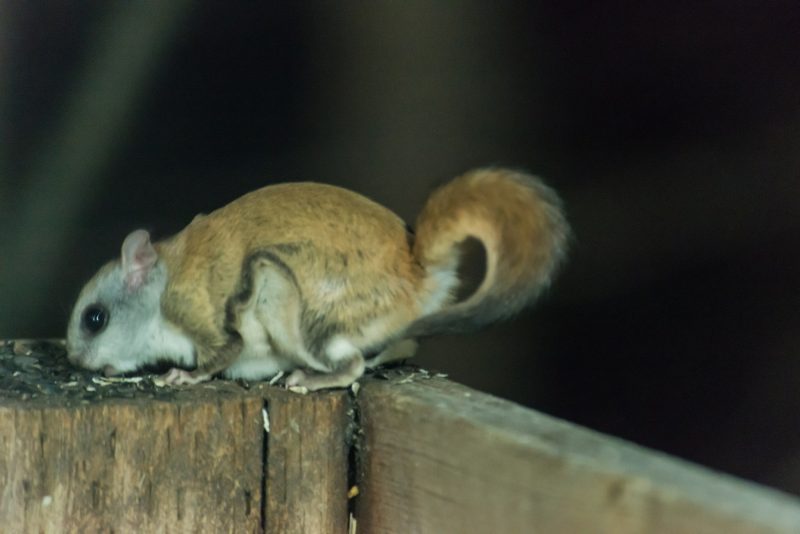
The Northern Flying Squirrel is a nocturnal and elusive species found in Maine’s mature forests. Unlike gray and red squirrels, this species has a patagium, a furry membrane stretching between its forelimbs and hindlimbs, allowing it to glide from tree to tree. They have soft, brownish-gray fur, large dark eyes adapted for night vision, and a flattened tail that helps steer during flight. Adults measure around 10 to 12 inches in length and weigh 4 to 6 ounces.
These squirrels are rarely seen during the day since they are strictly nocturnal. They glide distances of up to 150 feet, using their gliding ability to forage and escape predators. Their diet consists mainly of fungi, lichens, seeds, nuts, fruits, and sometimes insects. Interestingly, Northern Flying Squirrels play a vital ecological role by spreading spores of truffle-like fungi, which benefit tree roots through symbiotic relationships.
Breeding occurs once a year, usually in late spring or early summer. Females give birth to two to six young after a gestation period of about 40 days. Nests are built in tree cavities, abandoned woodpecker holes, or leafy dreys, lined with moss, bark, and feathers for insulation. The young are born blind and helpless, opening their eyes at around five weeks and leaving the nest by 10 weeks.
A fun fact is that Northern Flying Squirrels don’t actually “fly”—they glide. They can control the angle of their glide by adjusting their limbs and tail, allowing them to navigate around trees. In Maine, they are an important prey species for nocturnal predators such as owls, and their presence is often detected more by sound or by nest remnants than by direct observation.
Southern Flying Squirrel (Glaucomys volans)
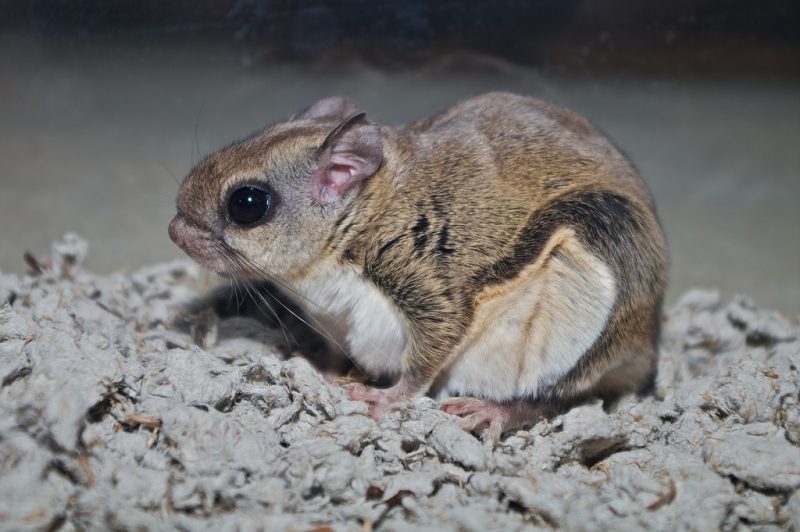
The Southern Flying Squirrel is the smaller cousin of the northern species and is also present in parts of Maine, though less commonly and more localized to southern areas of the state. They have soft, gray-brown fur, a white belly, and large dark eyes similar to the northern species. Adults measure about 8 to 10 inches in length and weigh only 2 to 3 ounces, making them the smallest tree squirrels in Maine.
Southern Flying Squirrels are nocturnal and highly social, often sharing communal nests during the colder months. They are excellent gliders, capable of covering over 100 feet in a single glide. Their diet is diverse and includes nuts, seeds, fungi, insects, bird eggs, and even small nestlings on occasion. In Maine, they are more often associated with mixed hardwood forests compared to the conifer-dominated habitats of their northern relatives.
Breeding occurs twice a year, once in late winter and again in midsummer, making them more prolific than Northern Flying Squirrels. Each litter usually contains two to six young. They nest in tree cavities, sometimes taking over old woodpecker holes, and line them with leaves, moss, and other soft materials. Social nesting in winter helps them conserve body heat and survive the cold season.
One fascinating fact about Southern Flying Squirrels is their strong communal behavior. Dozens of individuals may share a single nesting cavity during winter, huddling together for warmth. In Maine, they are harder to observe than their northern counterparts due to their smaller populations, but when seen gliding at night under a flashlight, they appear almost like shadows floating silently through the trees.
Best Time and Places to See Squirrels in Maine
Best Time to Spot Squirrels
Squirrels in Maine can be observed throughout the year, though activity levels vary with the seasons. Eastern Gray and American Red Squirrels are most active during the early morning and late afternoon hours, especially in spring and fall when they gather food. Winter sightings are still common, as they do not hibernate, but they may be less visible during storms or extreme cold.
Flying squirrels, both Northern and Southern, are nocturnal, making nighttime the best opportunity to see them. Setting up a red light or a wildlife camera near bird feeders or forest edges can increase your chances of spotting them gliding between trees. Summer nights are particularly good for observation, as they are actively raising young and foraging for fungi and nuts.
Best Locations in Maine
For Eastern Gray and American Red Squirrels, the best viewing opportunities are in mixed hardwood and conifer forests, as well as urban parks, campgrounds, and backyards with bird feeders. Acadia National Park, Baxter State Park, and local nature reserves are prime spots where these squirrels are abundant and active.
For Northern Flying Squirrels, mature coniferous and mixed forests are ideal habitats. They are often present in northern and central Maine, especially in areas with abundant spruce, fir, and hemlock. Southern Flying Squirrels are more restricted in range, mainly in southern Maine’s hardwood forests. Quiet woodland areas near lakes and rivers, with plenty of tree cavities, offer the best chance of seeing them.
Tips for Observation
To improve your chances of seeing squirrels, move quietly and keep an eye on both the forest floor and tree canopy. Listen for rustling leaves, dropping pine cones, or the chatter of red squirrels defending their territory. Bird feeders stocked with sunflower seeds, peanuts, or corn often attract gray squirrels, while nighttime feeders with suet or peanut butter may draw flying squirrels.
Bringing a pair of binoculars helps with observing their behaviors, especially gliding movements of flying squirrels at dusk. Patience is key, as squirrels can be quick and cautious. By choosing the right time of day and location, visitors to Maine’s forests can easily enjoy the lively presence of these charismatic creatures.
FAQs about Squirrels in Maine
What types of squirrels live in Maine?
Maine is home to four main species of squirrels: the Eastern Gray Squirrel, American Red Squirrel, Northern Flying Squirrel, and Southern Flying Squirrel. Each species has unique behaviors and preferred habitats, from noisy red squirrels in pine forests to the elusive flying squirrels gliding silently at night.
Do squirrels hibernate in Maine?
No, squirrels in Maine do not hibernate. Instead, they remain active year-round, though they may spend more time in their nests during extreme winter weather. They rely on stored food such as nuts, seeds, and cones to survive the cold months.
When is the best time to see squirrels in Maine?
The best time to see gray and red squirrels is during early morning and late afternoon throughout the year. Flying squirrels, however, are nocturnal and are best observed at night, especially in summer and fall when they are actively foraging and raising their young.
Where can I see squirrels in Maine?
Squirrels can be seen in a variety of habitats across Maine. Gray and red squirrels are common in parks, campgrounds, and mixed forests, while flying squirrels are more often found in mature woodlands. Popular locations include Acadia National Park, Baxter State Park, and local forest reserves.
What do squirrels eat in Maine?
Their diet depends on the species. Gray squirrels eat acorns, beechnuts, fruits, and seeds, while red squirrels prefer pine and spruce cones. Flying squirrels feed heavily on fungi, nuts, and seeds, playing an important role in forest ecosystems by dispersing fungal spores.
Are flying squirrels common in Maine?
Northern Flying Squirrels are fairly widespread in northern and central Maine’s coniferous forests, though they are rarely seen because they are nocturnal. Southern Flying Squirrels have a smaller population and are mostly restricted to southern Maine, making them less frequently encountered.
Do squirrels build nests in Maine?
Yes, squirrels construct nests called dreys, which are made of twigs and leaves high in the trees. They may also use tree cavities or abandoned woodpecker holes. Nests provide shelter, warmth, and a safe place to raise their young.
Are squirrels important to Maine’s ecosystem?
Absolutely. Squirrels play a vital role in forest regeneration by burying nuts and seeds that sometimes grow into new trees. Flying squirrels also disperse fungi that help tree roots absorb nutrients. Even their discarded cones and food middens provide resources for other wildlife.

